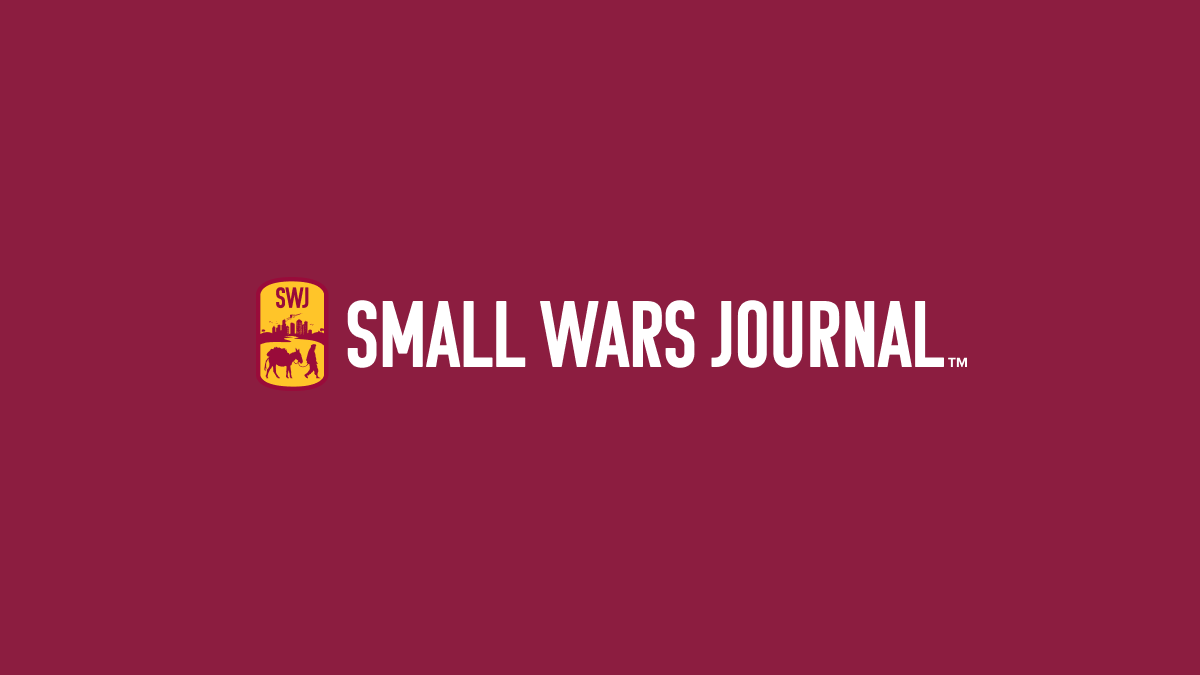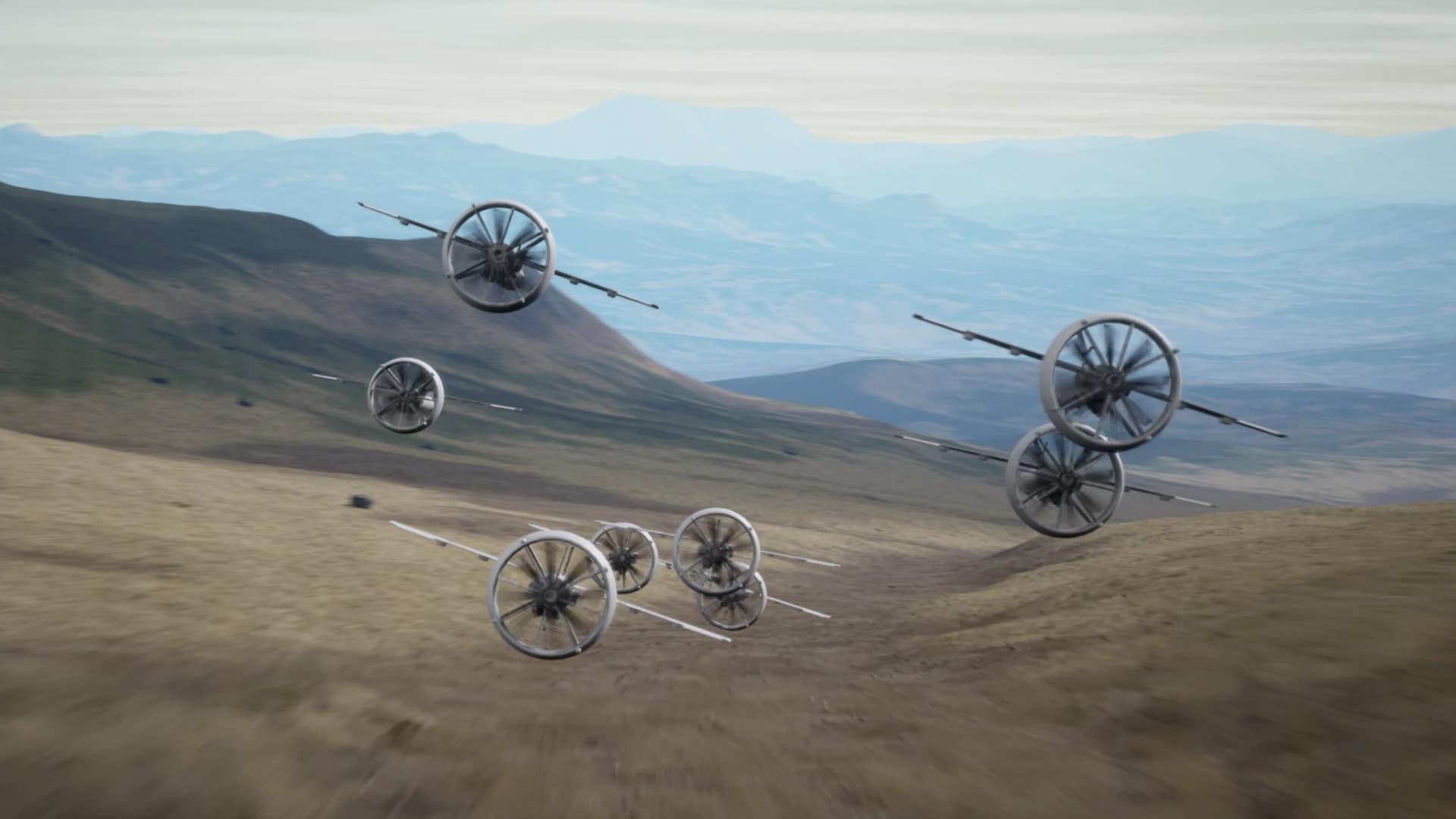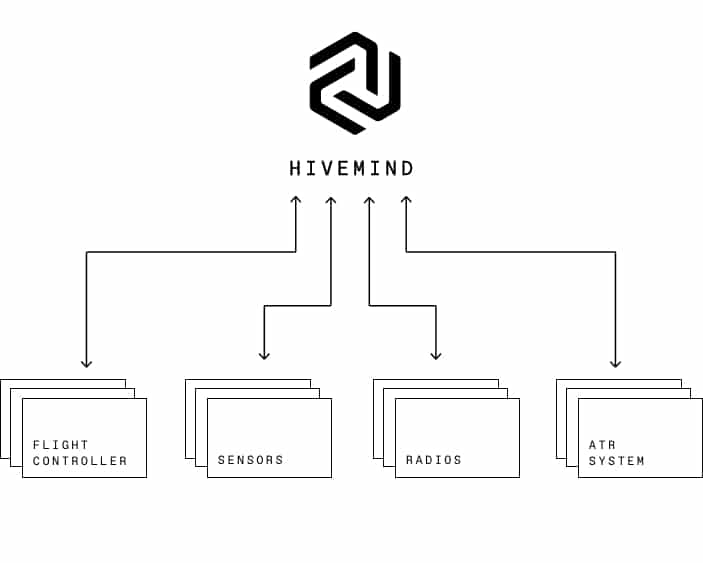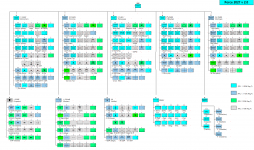All right. I've threatened to add another Force 2025 napkin orbat into the system and here it is. I call it Force 2027 V2.0.
It still works on the basis that every headquarters and company designated RFL 1 or 1.1 is a fully equipped and rapidly deployable entity with 100% to 70% RegF staffing. (RFL 1.1 is a slight modification which indicates the headquarters or company is fully equipped and deployable in peace or war with minimal augmentation from either it's organic reserve personnel or from another RegF or ResF organization.)
RFL 2 and 3 headquarters and companies form augmentation pools and are designed to be mobilizational with varying levels of equipment but designed with an expectation to be equipped at some point in the future.
Changes include the following:
a) artillery close support regiments lose their observation and STA batteries. FSCCs and observers return to the close support batteries to simplify training and career progression. STA batteries are reduced to STA troops contained within the Regt'l headquarters. Each brigade has two loitering AUAV batteries, one permanently assigned to the cavalry regiment as close support, the other to the artillery regiment as general support.
b) tank squadrons are three platoons of four tanks to permit equipping of two full regiments from current stocks
c) all infantry battalions have a weapons company for mortars, recce, anti-armour and pioneers.
d) transport companies and supply companies in the brigade service battalions have been amalgamated back into S&T companies.
e) while not apparent from the diagram, all Regt'l and Bn service support companies within a manoeuvre brigade are under command of the service battalion but attached in direct support of the units that they are assigned to. The purpose is to allow one central agency to control both staffing and career management for CSS personnel within the brigade while retaining the response relationship with the supported unit.
f) while not an army resource, HSvc and MP elements have been included for information purposes. The sole MP regiment assigns MP platoons to brigade HQs as required and maintains additional resources for above brigade tasks such as PW handling etc. Medical resources assigned to brigades as Fd Ambs will be attached for administration to the Svc Bn. A Medical battalion is located within 1 CSustB with a Fd Hosp and three Evac platoons.
g) a Canadian Army Support Group has been added to contain all base support functions. It is divided into three regional regiments of four battalions each.
View attachment 68735







